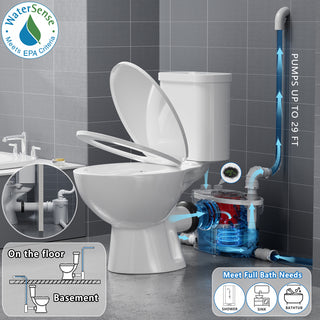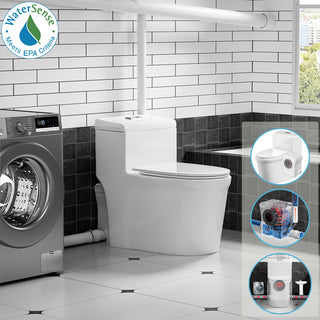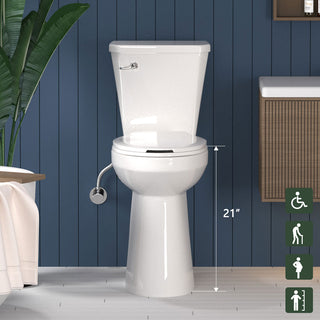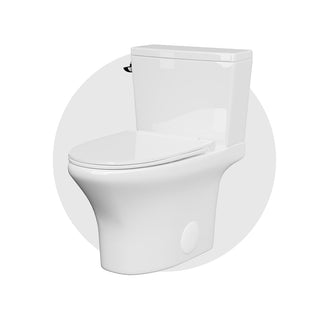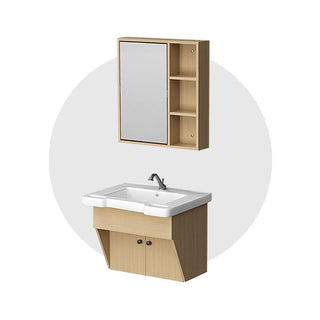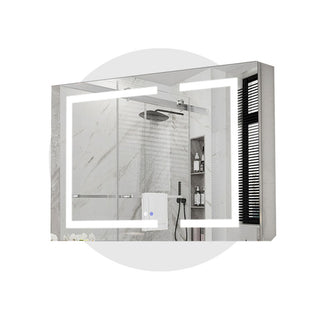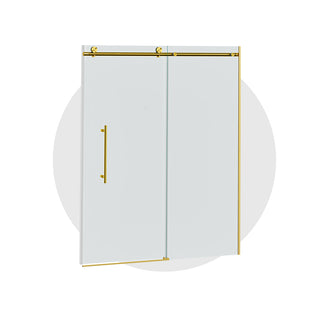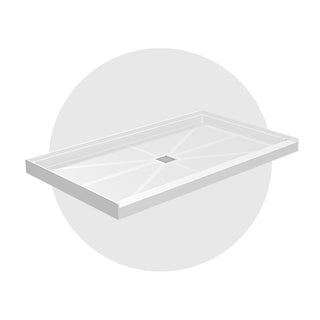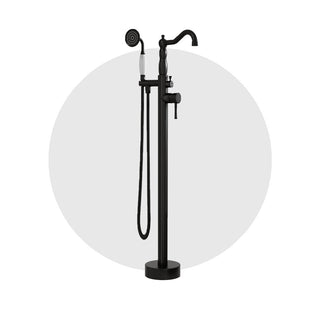When we think of flushing a toilet, most of us immediately envision the press of a button or the pull of a lever. It's a simple, everyday task, yet occasionally, we may encounter situations where the toilet doesn’t flush properly. In such cases, some people may resort to pouring water directly into the bowl in an attempt to "flush" it. While this might seem like a quick fix, it's actually not recommended for several important reasons. Let's explore why.
1. Water seal is destroyed
Let's start with an important feature inside the toilet - the “water seal”. Its main role is to block the odor and prevent dirt leakage.
Generally speaking, the toilet water seal height of about 50-60 mm or so, it is this layer of water seal to defend the bathroom odor. If you flush the toilet with water, the amount of water and the impact force is not enough, which will lead to the height of the water seal decreases, or even gone.
And once the water seal is destroyed, it is not easy to restore, even if you use the toilet normally, you need to flush many times to re-establish a complete water seal - not only trouble, but also a waste of water.

2. The toilet will strike
Many people feel that a whole basin of water directly into the toilet to flush, not to solve the problem? This is actually another misunderstanding! There is an automatic flushing system inside the toilet, which needs to be matched by precise water pressure and flow in order to work properly.
If you pour a large pot of water directly, the huge flow of water will cause impact on the toilet's automatic flushing device, in the long run, may lead to the following problems:
Automatic valve failure: the automatic valve in the toilet is used to control the water tank replenishment, but when the large water flow impact valve, it may be “misjudged” that the water tank has been full, thus closing the replenishment channel ahead of time, the next time you want to flush normally, but found that the amount of water is not enough, simply do not flush clean.
Drainage is not smooth: a large pot of water instantly flushed into the toilet, the water flow in the pipeline may be too large, resulting in reflux, or even clogging.
3. Hygiene hazards
Pouring water to flush the toilet, there is no way to cover the toilet lid, when the water flow into the toilet, will instantly form a large number of aerosols, a simple understanding of a layer of bacteria with the “water mist cloud”, these water mists will quickly diffuse into the air, contaminated sinks, towels and even toothbrushes.
These aerosols carry bacteria and viruses in the toilet, such as E. coli, salmonella, etc. Long-term exposure to such an environment inevitably increases the risk of cross-infection.
So, it seems simple to pour water to flush the toilet, in fact, invariably make the bathroom into a “bacteria bomb” culture room, therefore, in order to be healthy, or honestly use the toilet comes with the flushing function it.

In conclusion, while pouring water down the toilet to “flush” it in an emergency may seem like a quick fix for a clogged toilet, we don't recommend it. This method is inefficient, can cause other problems, and does not address the underlying issue. To keep your toilet working properly and avoid wasting water unnecessarily, it's best to troubleshoot the problem directly and consult a professional plumber if necessary. By taking the time to fix the problem correctly, you can ensure that your toilet stays in good working order and avoid more serious problems.


